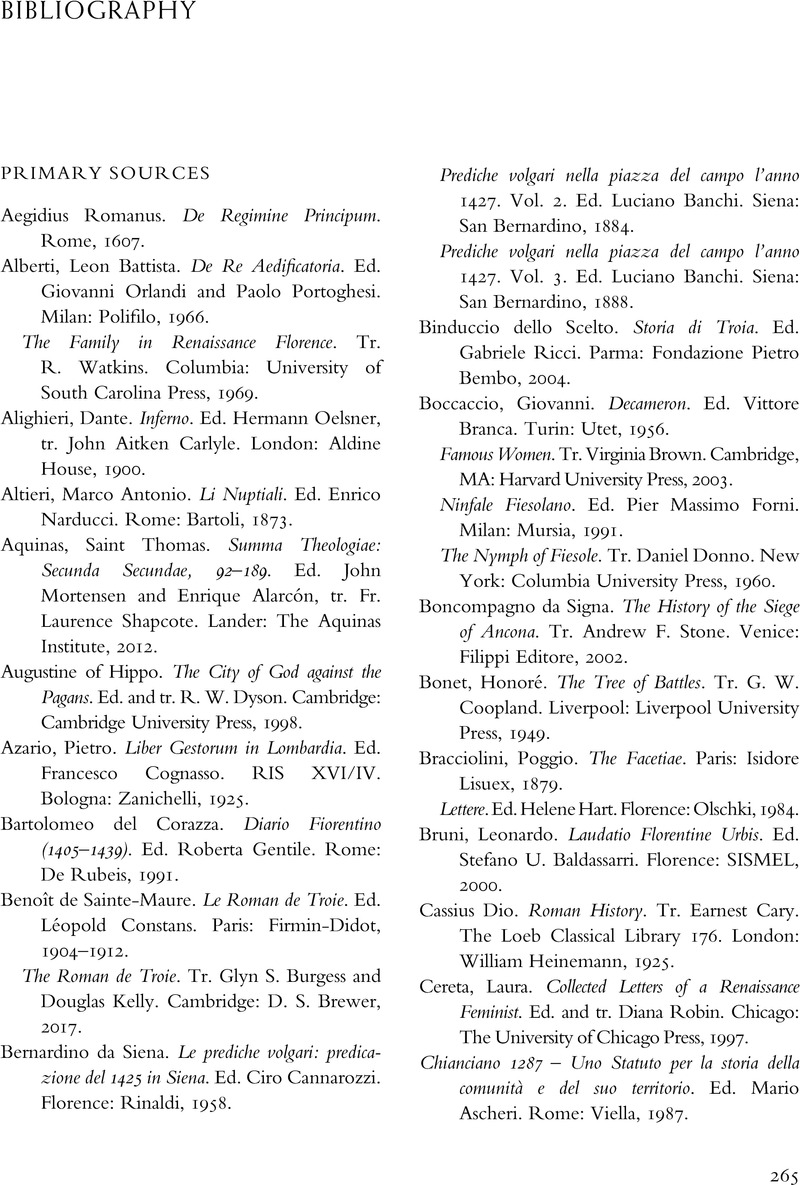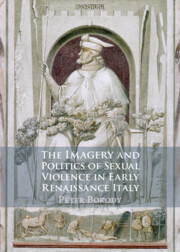Book contents
- The Imagery and Politics of Sexual Violence in Early Renaissance Italy
- The Imagery and Politics of Sexual Violence in Early Renaissance Italy
- Copyright page
- Contents
- Acknowledgments
- One Introduction
- Two Victims of Lust
- Three Medicalized Misogyny
- Four Rape As a Weapon of War
- Five Political Allegories
- Six Abduction in Illustrated Romances
- Seven Lucretia and the Renaissance of Rape
- Eight Conclusion
- Bibliography
- Index
- References
Bibliography
Published online by Cambridge University Press: 13 January 2023
- The Imagery and Politics of Sexual Violence in Early Renaissance Italy
- The Imagery and Politics of Sexual Violence in Early Renaissance Italy
- Copyright page
- Contents
- Acknowledgments
- One Introduction
- Two Victims of Lust
- Three Medicalized Misogyny
- Four Rape As a Weapon of War
- Five Political Allegories
- Six Abduction in Illustrated Romances
- Seven Lucretia and the Renaissance of Rape
- Eight Conclusion
- Bibliography
- Index
- References
Summary

- Type
- Chapter
- Information
- Publisher: Cambridge University PressPrint publication year: 2023



